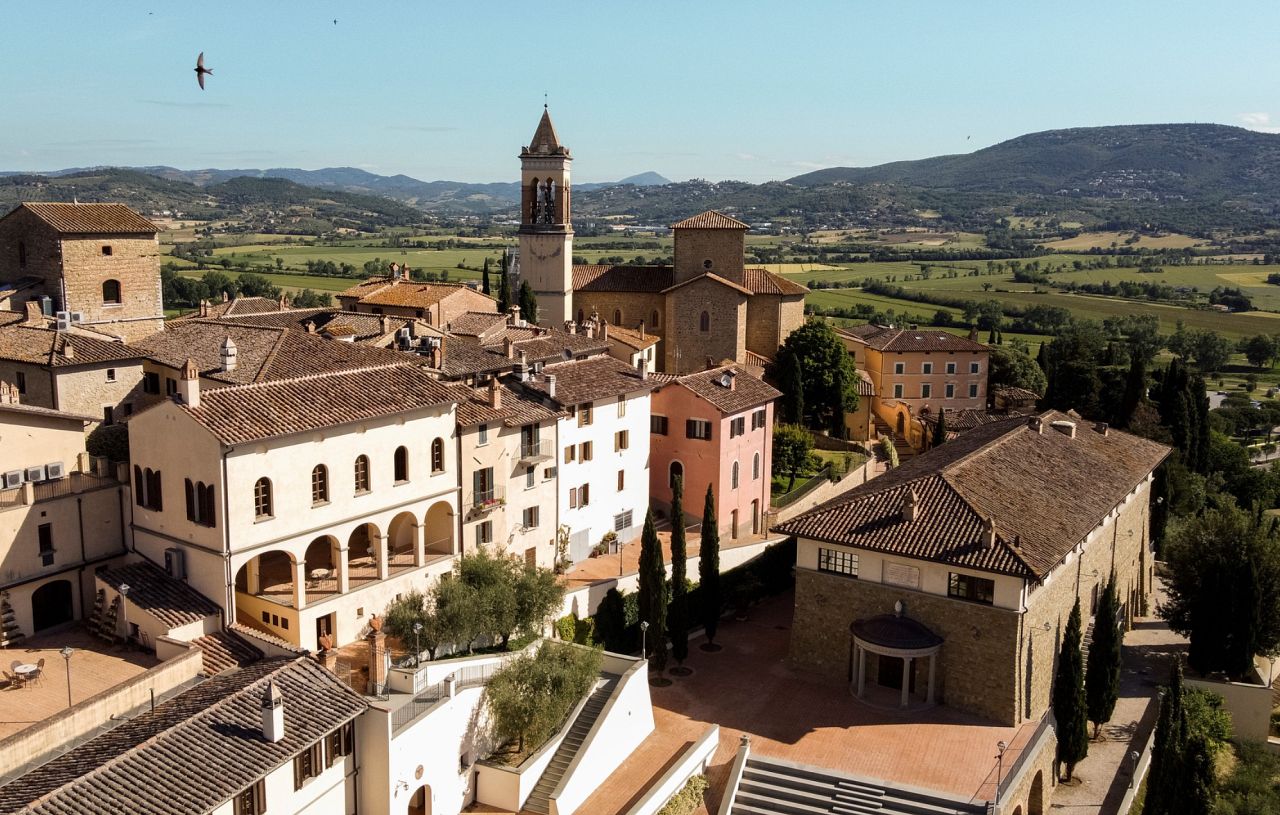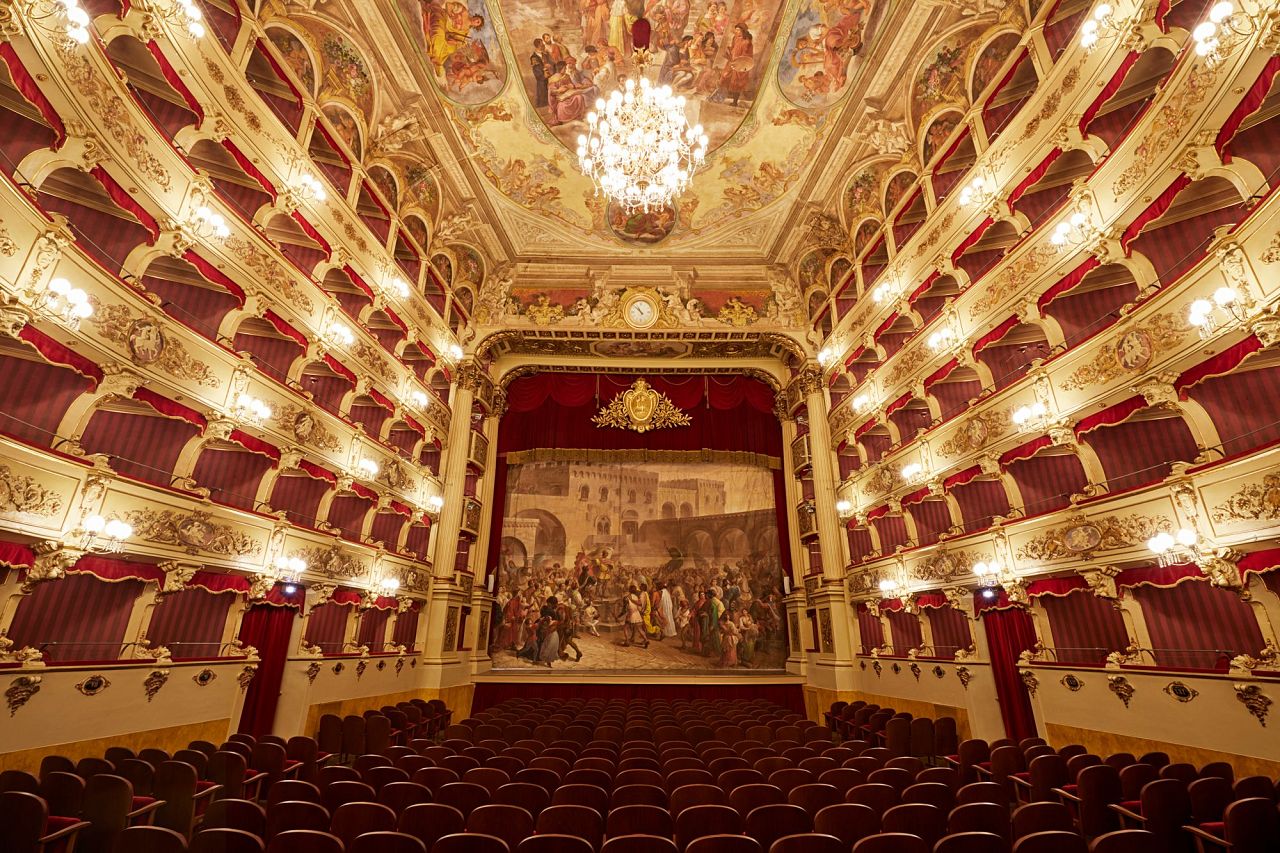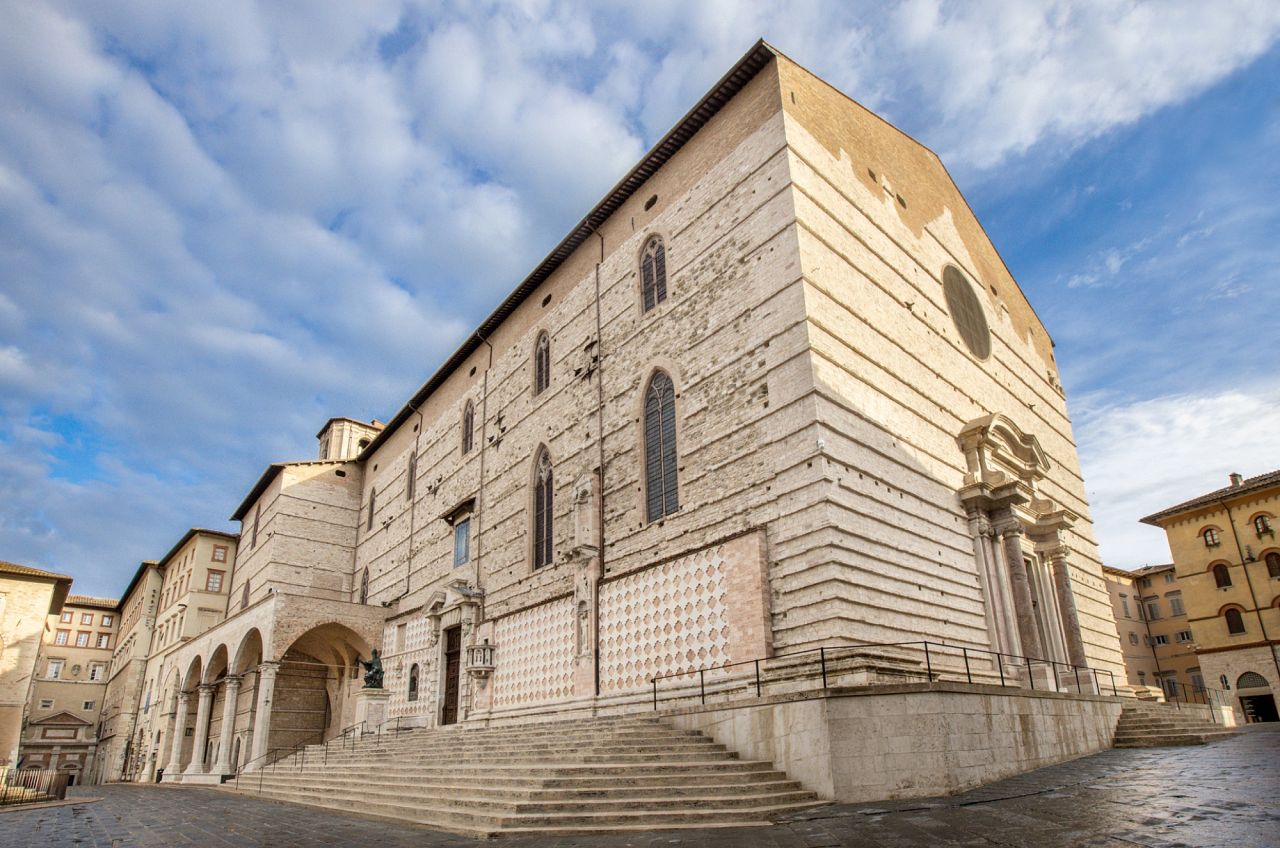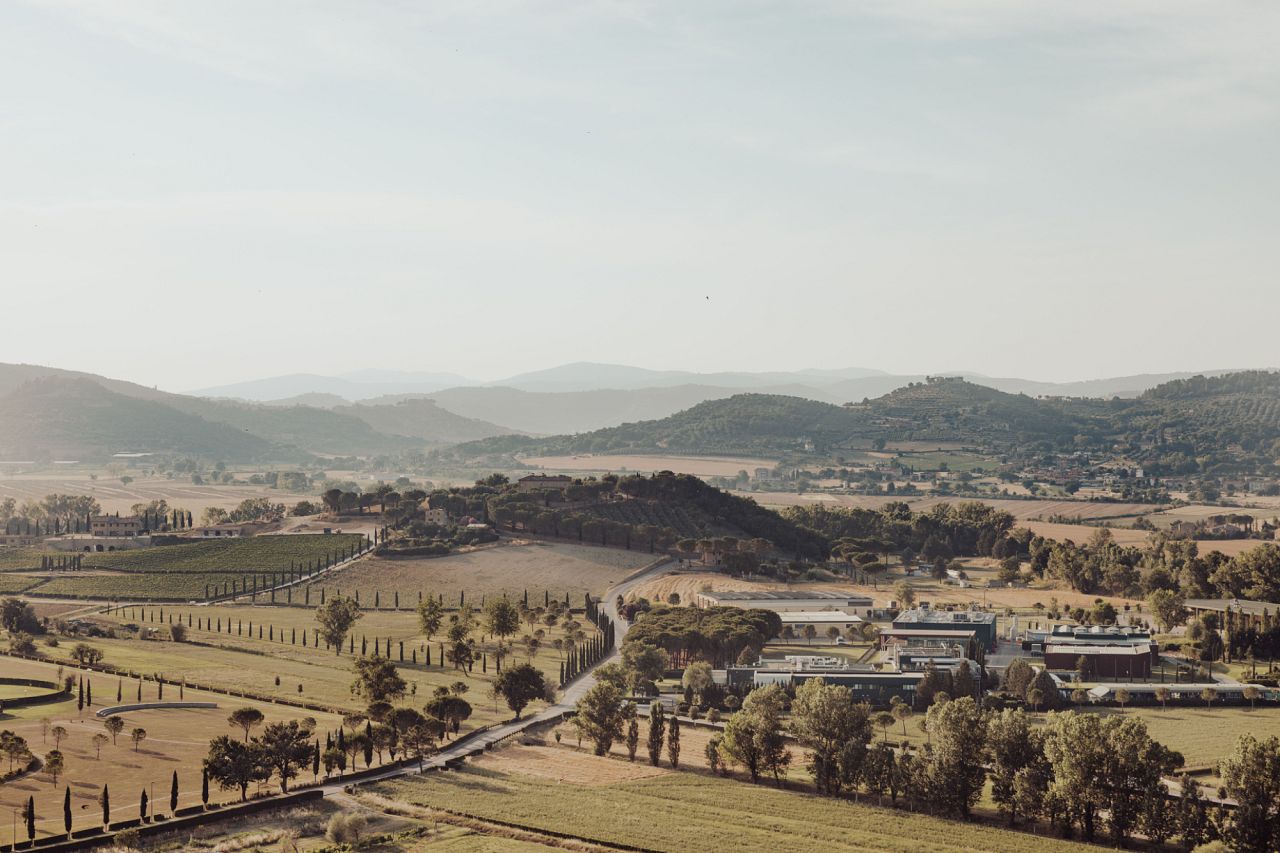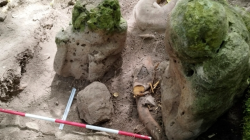“When we construct, let’s aim to create something that will last indefinitely,” said the Italian fashion designer.
Brunello Cucinelli
Quoted English polymath John Ruskin during an address upon receiving the first honorary doctorate in “Design for Made in Italy: Identity, Innovation, and Sustainability”.
The identical quotation is engraved on a plaque located in the heart of Solomeo, the village where Cucinelli established his family’s residence, company headquarters, and spiritual center since 1985. Previously an abandoned spot atop a hill amidst the picturesque Umbrian landscape, it has undergone meticulous restoration through funding provided by the Cucinelli corporation over time.
This recognition comes from his honour at the University of Campania, where a consortium of educational institutions and experts in architectural fields have celebrated him. Additionally, this accolade extends to influence within the neighboring Umbria area. This marks the inaugural occasion for the creator to be bestowed with such an honor.
architecture
.
Tolong support kita ya,
Cukup klik ini aja: https://indonesiacrowd.com/support-bonus/
In 2010, the designer known for his opulent cashmere apparel and his spouse founded the Fondazione Brunello e Federica Cucinelli, an organization that has exerted considerable and enduring influence over the Umbria area.
The Italian region stands out with its medieval villages, monasteries, and verdant landscapes of rolling hills and fields, making it a favored spot for vacations and weddings. However, maintaining numerous historical sites poses significant challenges. “I strongly feel responsible for protecting this heritage,” states Cucinelli. “By letting go of our past, we risk losing who we are. Additionally, ensuring the preservation of history provides a solid foundation for shaping the future.”
Strolling through Perugia, the region’s capital, you might not see the Cucinelli name etched into plaques or emblazoned across buildings; however, their impact permeates throughout. This presence can be seen in the vibrant pink hues of the ancient Roman inscription adorning the city’s iconic Etruscan arch, now revealed to contemporary viewers after restoration efforts led by the Cucinelli Foundation in 2014. The family’s legacy also lives within the elegantly renovated interior spaces of the Morlacchi theater, kept accessible to locals since receiving financial support from them in 2017, as well as in the newly refreshed exterior facade of the local cathedral completed with their backing in 2022.
In 2018, Brunello Cucinelli offloaded a 6% stake in his namesake business to inject another €100 million into the foundation. Among the foundation’s present initiatives are developing a library in Solomeo and restoring the historic town of Castelluccio di Norcia, which suffered destruction due to an earthquake in 2016.
Several Italian fashion brands have played a role in restoring the nation’s historical sites. Fendi provided €2 million for the renovation of the Colosseum.
Trevi Fountain
In 2013, Salvatore Ferragamo refurbished a section of the Uffizi Gallery in 2015, followed by Bulgari sponsoring restoration efforts there.
Spanish Steps
in 2016.
These initiatives are both essential and admirable; however, Solomeo’s continuous efforts at a grassroots level hold a distinct charm. They extend far beyond mere historical conservation, offering substantial advantages to the broader populace as well. At their core lie elements such as culture, education, and spiritual enrichment. “Architecture,” he elaborates, “is created for humanity.”
Brunello Cucinelli was born in the countryside near Castel Rigone, an Umbrian village approximately 20 kilometers away from Solomeo. As teenagers, he crossed paths with Federica in her hometown of Solomeo, where they eventually started their life together. They reside in this small community, which currently has about 700 inhabitants. This same place now shelters their two daughters, Camilla and Carolina, as well as their spouses who are part of the company workforce; additionally, it includes their grandchildren.
In the valley adjacent to the small village lies the Brunello Cucinelli factory and office complex, providing employment for approximately 700 individuals. The area is well-lit and spotless, featuring expansive windows that offer views of meticulously maintained gardens and the picturesque landscape beyond—a privilege not often experienced by those working in urban industrial buildings. Employees enjoy a lunch break lasting ninety minutes during which nobody opts to eat at their desks; instead, they take this opportunity away from their workspace. Work hours conclude promptly as scheduled each evening. “This period is essential for nurturing your spirit,” explains the founder. Within his household too, conversations about professional matters are strictly off limits during mealtimes.
Cucinelli is known as “fashion’s philosopher,” and his address at the University of Campania Luigi Vanvitelli was peppered with insights and quotes from eminent minds such as Kant, Saint Francis, Saint Benedict, Xenophanes, Emperor Hadrian, and numerous others.
Driven by his personal ideology of “humane capitalism,” he differs from numerous capitalists as he considers long-term implications. The historic workshops within the firm located in Solomeo are preserved such that they can easily be converted back into living quarters if the business ceases to require their current use.
Currently, these spaces are utilized to educate upcoming generations of craftsmen. “My worry isn’t about who will purchase luxury items in the future; rather, it’s about who will create them,” states Cucinelli. Established in 2013, the School of Contemporary High Craftsmanship and Arts provides programs aimed at bolstering the company’s production capabilities through courses like pattern making, tailoring, and repair work. Additionally, they offer instruction in fields including horticulture, landscaping, and stonemasonry—disciplines Cucinelli deems essential for preservation within broader society.
Since Brunello Cucinelli took the company public in 2012, its market valuation has surged from €530 million to €6.5 billion, realizing every entrepreneur’s aspiration. Yet, it’s evident from how he has utilized this wealth over the last fifteen years that his aspirations extend beyond mere business triumphs, surpassing even the scope of the enterprise and transcending personal longevity.
As he receives his honorary doctoral degree in architecture, he reflects on his firm but also urges everyone present to contemplate the consequences of their deeds with these words: “The future isn’t entirely our possession, yet neither is it completely beyond our reach.”


